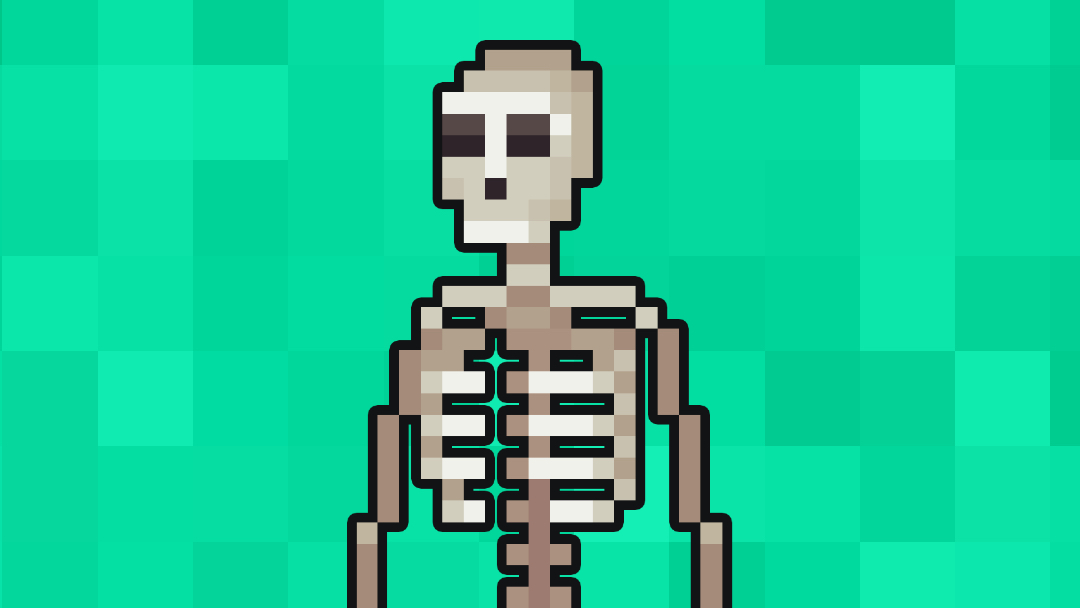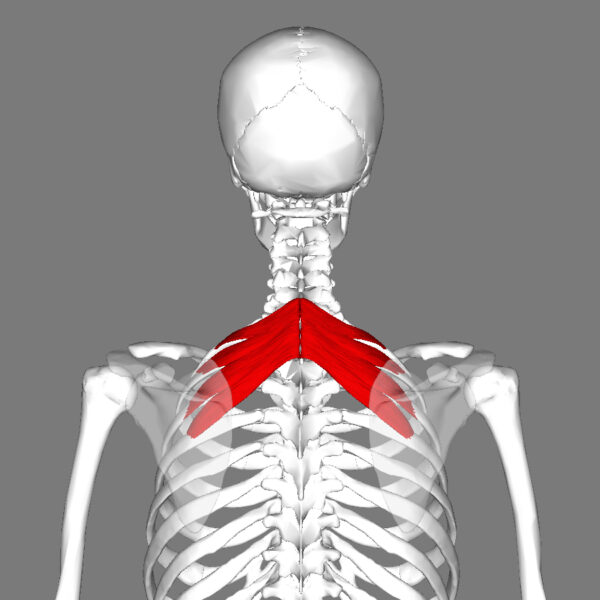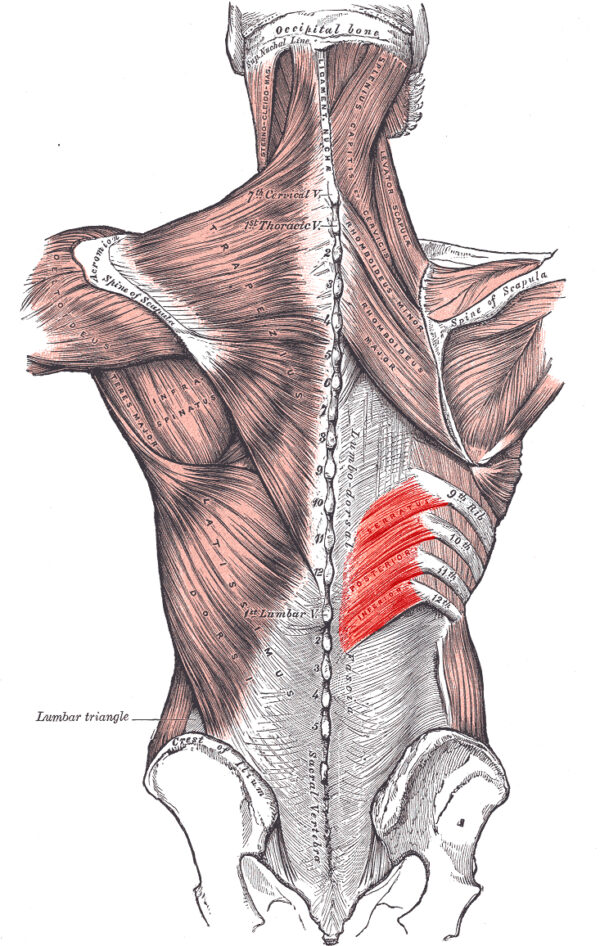- 📖 Geeky Medics OSCE Book
- ⚡ Geeky Medics Bundles
- ✨ 1300+ OSCE Stations
- ✅ OSCE Checklist PDF Booklet
- 🧠 UKMLA AKT Question Bank
- 💊 PSA Question Bank
- 💉 Clinical Skills App
- 🗂️ Flashcard Collections | OSCE, Medicine, Surgery, Anatomy
- 💬 SCA Cases for MRCGP
To be the first to know about our latest videos subscribe to our YouTube channel 🙌
Introduction
There are three major groups of back muscles:
- Superficial: attached to the shoulder girdle
- Intermediate: attached to the posterior thorax
- Deep: attached to the vertebral column
The first two groups (superficial and intermediate) are referred to as the extrinsic back muscles. The deep group is the intrinsic muscle group. This article will focus on the intermediate group.
The intermediate back muscles are covered superficially by the superficial back muscles. The intermediate group includes:
- Serratus posterior superior
- Serratus posterior inferior
Serratus posterior superior (SPS)
The serratus posterior superior (SPS) attaches the vertebral column to the ribs, providing stabilisation to the ribs and promoting forceful expiration. When looking at the SPS on both sides of the spine, it has the appearance of a triangle.
Origin and insertion
The SPS originates from the inferior portion of the nuchal ligament, and the spinous processes of C7-T3. It inserts onto the posterior aspect of ribs 2-5.
Fibre orientation
The SPS consists of ‘fingers’ of muscle fibres that each resemble a short strap.
Function
The function of the SPS is to stabilise the ribs during passive respiration and elevate the ribs (2-5) during active or forceful inspiration.
Innervation
The intercostal nerves of ribs 2-5 supply sensorimotor innervation to the SPS.
Arterial supply
The intercostal arteries, as part of the intercostal neurovascular bundle, supply the SPS.
Serratus posterior inferior (SPI)
The serratus posterior inferior (SPI) has a similar shape to the SPS but appears lower on the vertebral column and has an inverted appearance. It looks like an inverted triangle.
Origin and insertion
The SPI originates from the spinous processes of T11-L3 and inserts onto the posterior surface of ribs 9-12.
Fibre orientation
Like the SPS, the fibres of SPI are finger-like projections of a strap muscle.
Function
The function of SPI is to stabilise the thorax during passive respiration and depress ribs 9-12 during active inspiration.
Innervation
Sensorimotor innervation is supplied to the SPI through the intercostal nerves, and occasionally the subcostal nerve (T12).
Blood supply
The intercostal arteries, as part of the intercostal neurovascular bundle, supply the SPI.
Quiz
Put your knowledge of the intermediate muscles of the back to the test with our quiz.
References
Reference images
- Serratus Posterior Superior: Anatomography. License: [CC BY-SA 2.1]
- Serratus Posterior Inferior: User: Mikael Häggström. License: [Public domain]
Reference texts
- Sinnatamby, C. S. (2011). Last’s Anatomy, International Edition: Regional and Applied. Elsevier Health Sciences.
- Moore, K. L., Dalley, A. F., & Agur, A. M. (2013). Clinically oriented anatomy. Lippincott Williams & Wilkins.






